Latest advances in biopharma research enhance targeted therapies
Discover the latest technologies and methods to advance your biopharma research, from droplet digital PCR to next-gen protein sequencing and nanoparticle characterization
5 Oct 2023

Biopharmaceuticals are advanced medicinal products derived from living organisms, such as proteins, antibodies, and nucleic acids, engineered to target specific diseases and conditions. In this special feature, we explore the latest technological breakthroughs in biopharma research and their transformative impact on the field.
Unlike traditional pharmaceuticals, biopharmaceuticals offer highly targeted and effective treatments, often with fewer adverse effects. They play a vital role in the fields of oncology, immunology, and rare diseases, among others, offering innovative solutions where conventional drugs fall short. These complex therapies are at the forefront of medical research, revolutionizing healthcare by providing tailored, precise, and personalized treatment options for patients worldwide.
Read on to discover powerful tools like droplet digital PCR (ddPCR) for in-depth cell therapy studies, learn how you can achieve higher resolution imaging using nanobodies®, identify monoclonal antibodies through next-gen protein sequencing, and delve into the analysis and purification of therapeutic nucleic acids for innovative advancements in biopharma research.
1. BIOPROCESSING: Single-cell cloning solution for autologous and allogeneic cell therapies
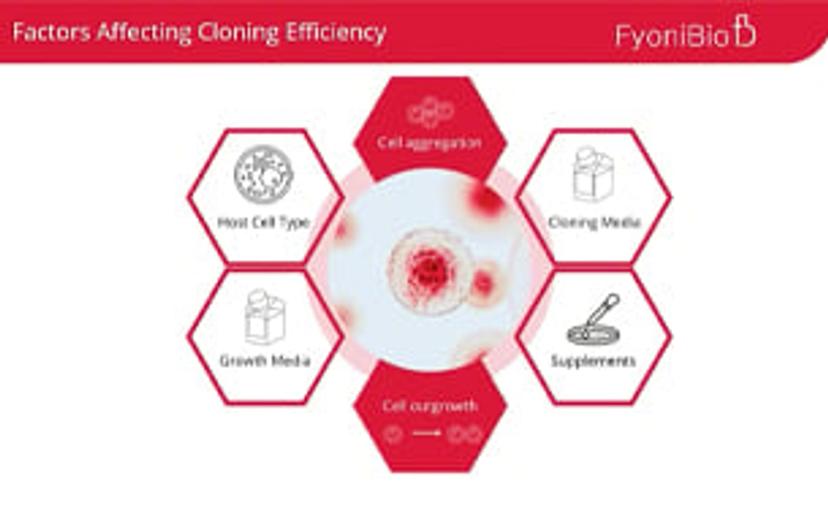
In this on-demand webinar, experts from FyoniBio GmbH discuss workflows for cell line development, host cell engineering, and cell adaptation using the CellCelector fully automated cell imaging and picking system from Sartorius Group.
2. PRECISION MEDICINE: Proteomics at the heart of multiomics studies
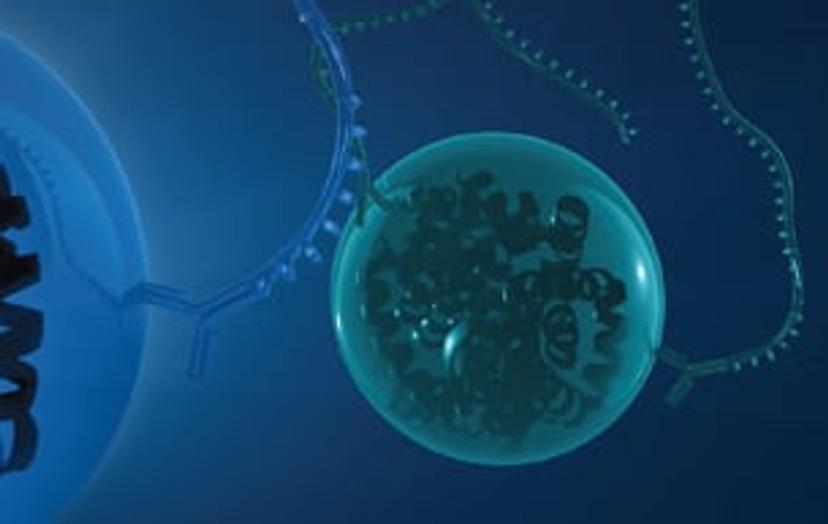
In this eBook from Olink Proteomics, discover how the integration of proteomics data in multiomics studies is advancing disease research and drug development, and explore what lies ahead in terms of trends and challenges in multiomics research.
3. NANOPARTICLES: Overcome challenges in lipid nanoparticle (LNP) vector analysis
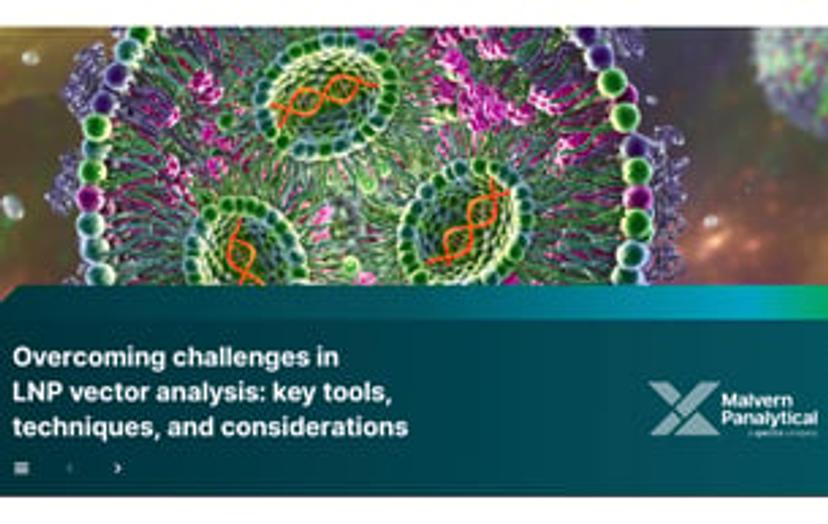
In this eBook from Malvern Panalytical, discover key attributes for developing and manufacturing safe and effective LNP-based therapies and find a suite of robust orthogonal analytical tools that can help you better measure them.
4. IMPURITIES: Rapid analysis of impurities for high-throughput CDMO workflows
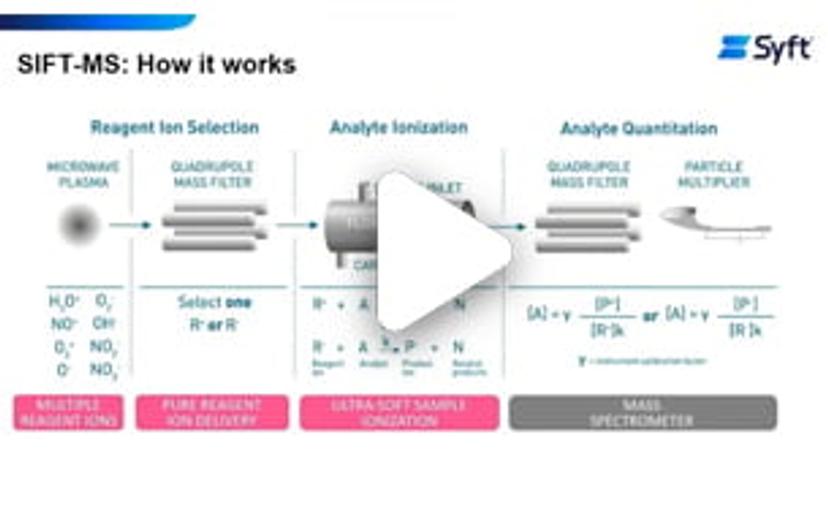
Discover how the Syft Tracer Pharm11 21 CFR Part 11 compliant real-time, direct mass spectrometer from Syft Technologies offers high-throughput and comprehensive analysis of residual solvents and volatile impurities. Hear how it was implemented at Alcami Corporation.
5. QUANTITATION: Innovative LC-MS/MS techniques overcome challenges of biologics

Learn how Alturas Analytics’ pioneering LC-MS/MS technology can address sensitivity, selectivity, internal standard selection, and sample preparation challenges associated with biologics analysis in this article with Senior Principal Scientist, Chad Christianson.
6. BIODISTRIBUTION: Improve yield and reproducibility with advanced sample prep
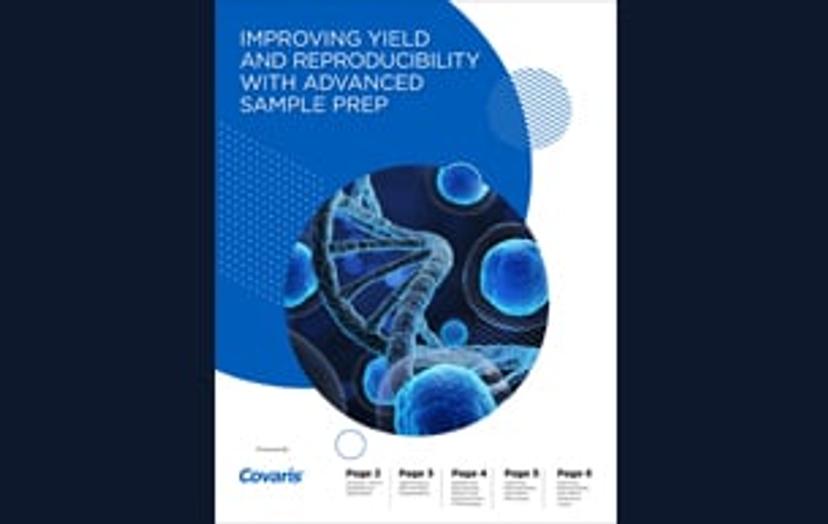
Obtaining nucleic acids or proteins from challenging biospecimens can be a hurdle. This eBook from Covaris® covers the utility of many 'omics methods, reliably extracting from challenging samples, and streamlining 'omics experiments.
7. BIOREACTORS: Bioreactors pave the way for a more sustainable and resilient world

Learn how H.E.L Group’s BioXplorer bioreactors enable automated, parallel experimentation from 50 mL to 5 L, ideal for small-scale bioprocess development. Discover how they are being used by INSA Toulouse, Solugen, Newcastle University and Tufts University.
8. CAR T CELLS: Biopharmaceuticals as a therapeutic for cancer
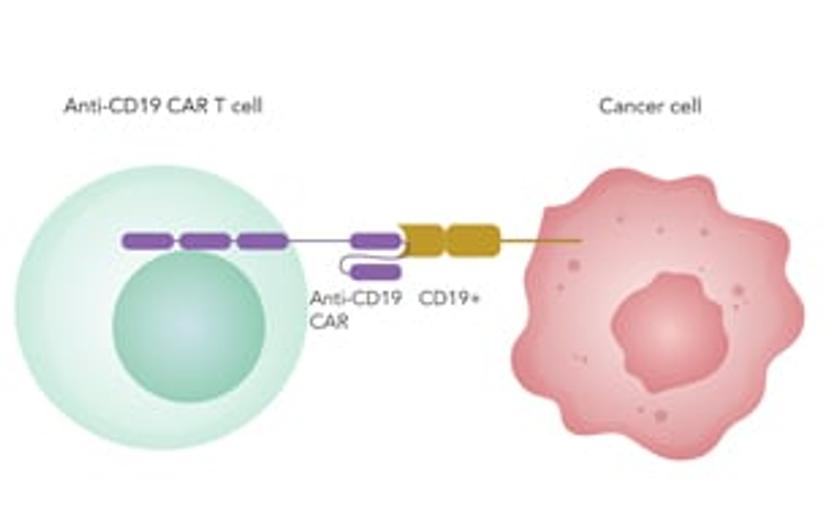
In this article by Techcomp Europe, learn more about CAR T cells and the drive towards alternative cancer therapies, as well as the role of essential equipment that can help ensure quality products, including bioreactors and freezers.
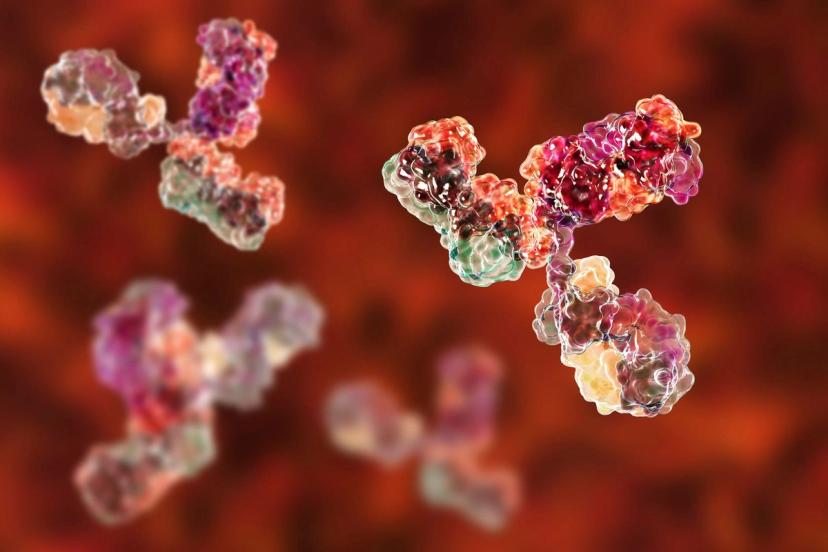
9. BIODISTRIBUTION: Droplet digital PCR (ddPCR) as a powerful tool for cell therapy studies
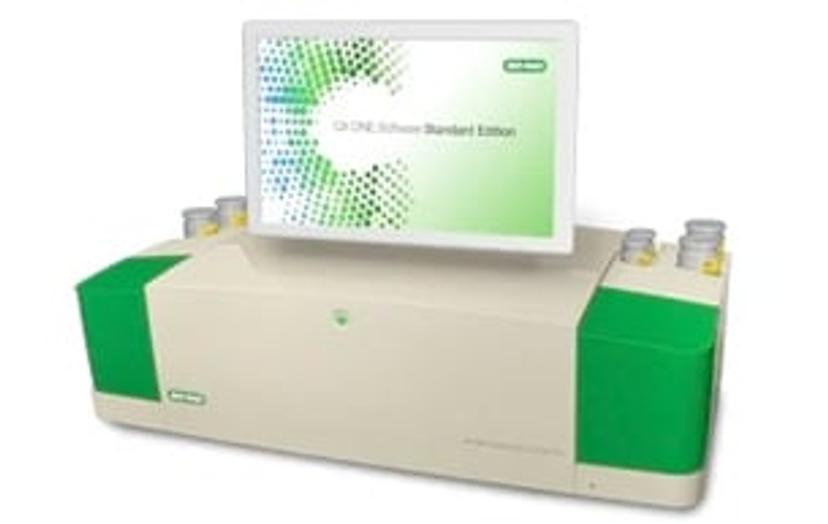
Discover a multiplex ddPCR based assay, recently developed by a group at Takeda Pharmaceutical Company, that demonstrates the benefits of ddPCR technology from Bio-Rad in supporting cell therapy biodistribution studies for a variety of animal models.
10. IMAGING: Achieve higher resolution imaging with nanobodies®
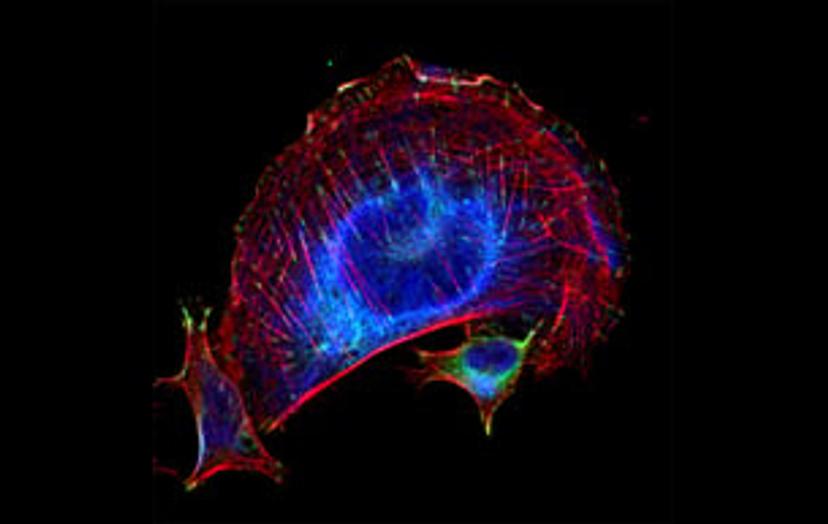
Discover AffiniPure-VHH™ Secondary Antibodies from Jackson ImmunoResearch. With their small 15 kDa size and outstanding specificity and penetration, VHH Fragments offer a fantastic solution for high-quality and high-resolution imaging.
11. PROTEIN SEQUENCING: Identify monoclonal antibodies with next-gen protein sequencing
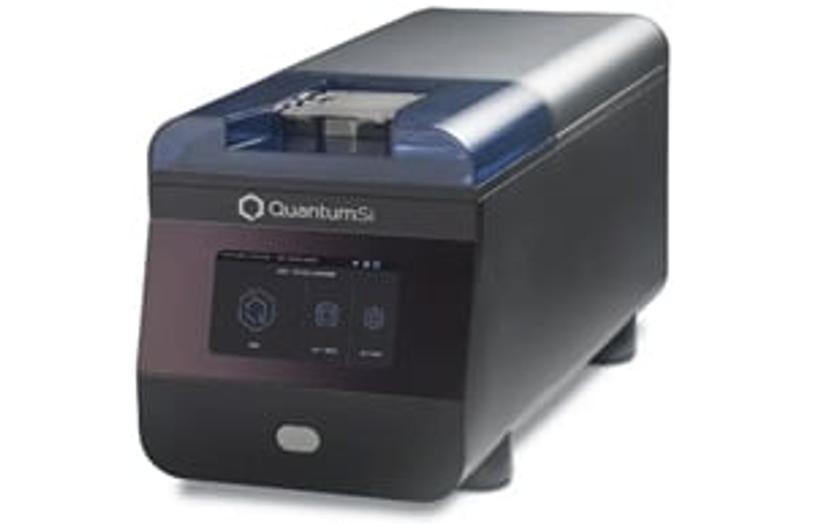
Overcome challenges of traditional antibody detection techniques and discover a fast and efficient method to identify low-abundance monoclonal antibodies using Quantum-Si’s Platinum™ Next-Generation Protein Sequencer.
12. OLIGONUCLEOTIDES: Analysis and purification of therapeutic nucleic acids
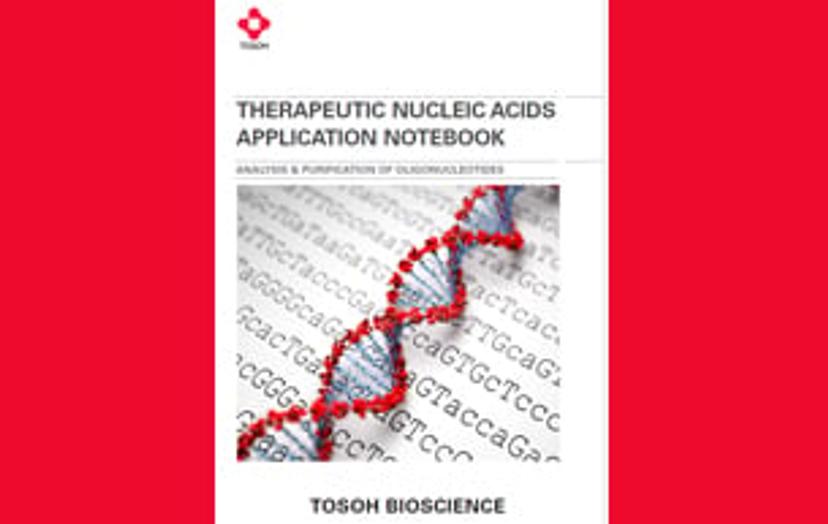
Discover chromatographic approaches for characterization and purity control of therapeutic nucleic acids using anion exchange, reversed-phase, and size exclusion chromatography in this eBook from Tosoh Bioscience.
13. NANOPARTICLES: New technology for reliable characterization of nanoparticles

Specialists from Wyatt Technology explore the importance of effective and dependable product characterization of nanoparticles and introduce a state-of-the-art instrument to overcome challenges of zeta potential measurement.
14. REGULATORY: Validate your immunoassays on a GxP ready platform

Achieve straightforward assay development, validation, and transfer of immunoassays with Gyrolab software from Gyros Protein Technologies. Designed for 21 CFR Part 11 compliance, the software integrates with your LIMS system and provides built-in QC.
15. CASE STUDY: Automate DMPK assays for effective project delivery
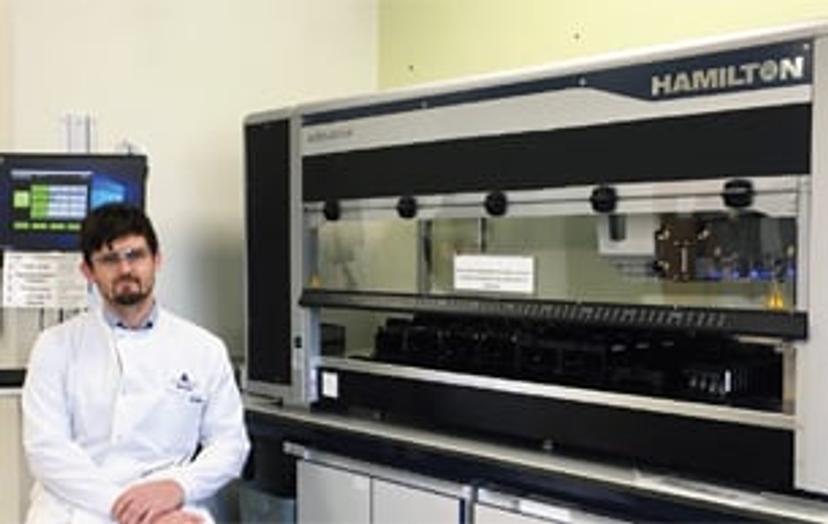
Christopher Chantler, principal research scientist and DMPK and automation expert at Vertex Pharmaceuticals, shares how the automation of DMPK assays, using Hamilton Microlab® STAR™ liquid handlers, increases throughput and reproducibility.
16. PEPTIDE MAPPING: Comprehensive characterization of antibody-drug conjugates
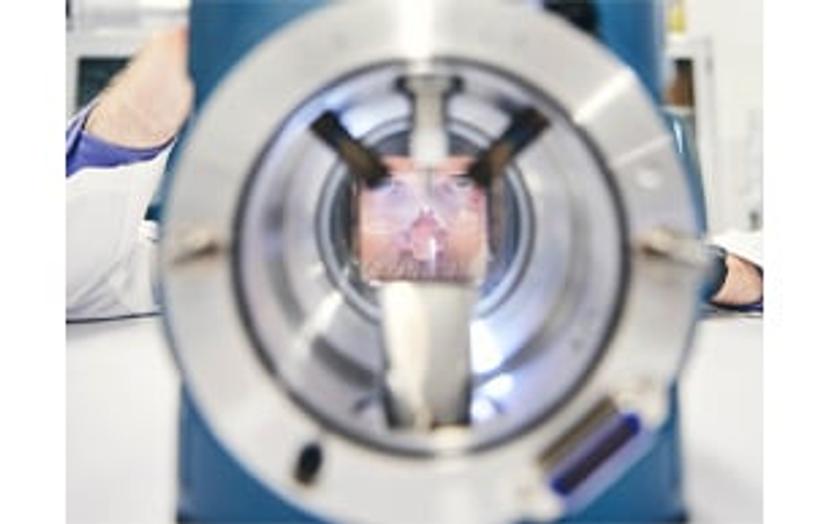
In this technical note from SCIEX, learn how to achieve confident antibody-drug conjugate (ADC) sequence confirmation and accurate localization of the payload using a streamlined, electron activated dissociation (EAD)-based peptide mapping workflow.
Leave a lab product review to help other scientists and clinicians find the best products to accelerate scientific progress >>
